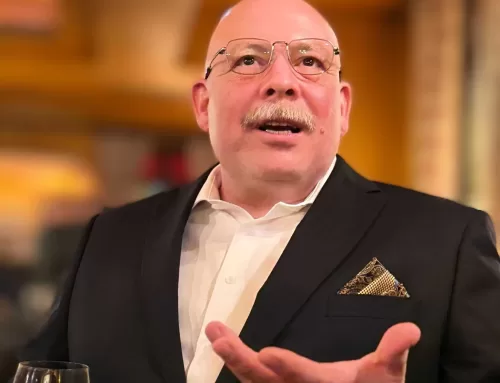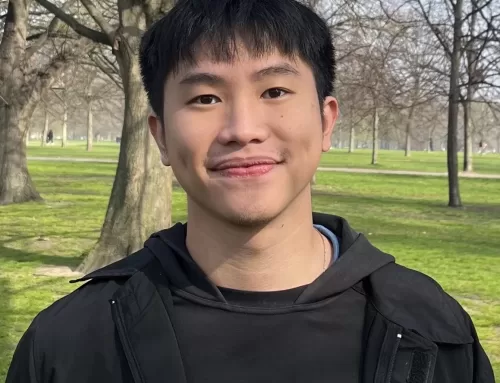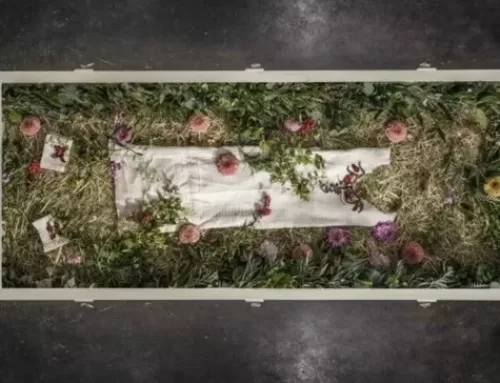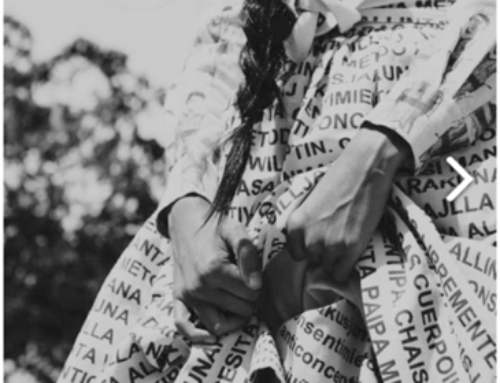In Foresight ProSeminar class, we were asked to explain foresight to non-futurists in an activity focusing on assessing perceptions of the craft; here’s where I landed…
Contributor: Michael Spink
A futurist practices foresight. Foresight is an array of methods applied in ways that offer plausible outcomes in a multiple of ways—realistic, relatable options for the future—within what is called a domain, which reflects the assemblage of entities connected to the subject of study by issue(s), geographic area, time frame, occupation, value chains, activities, etc.
Foresight helps business, government, non-profits, NGOs, communities and individuals seriously contemplate the future and decide on strategies to best address what the entity and those they serve are facing—foresight inspires confidence and options where there may have been (unrecognized) ignorance, bias or misinterpretation.
A few points on “being a futurist”…
No one ever knows what will happen. Futurist do not predict. Futurists offer plausible possibilities uncovered through methodical exploration. Those who predict, or purport to so, are Fortune Tellers. Prophets. Or, simply business persons who look to others, exploiting the insatiable human desire to know the future, to earn a living. Their skill is to read people (or organizations/society) well, ask the right questions, get lucky with a forecast or prediction, get recognized, and ride the wave. Charisma helps. We all want to know, to understand to plan for what (we want to know) will happen. But that doesn’t come to be. The best thing may be to look, study, and understand in ways you may never have, ways that result in new angles of insight for you or the people you work to relate to as we all plan, adjust for and thrive in a world we can only imagine—the world of tomorrow.
Now, curiosity killed the cat. That’s why we give them nine lives. Humans live by curiosity. If you want to know what has happened, is happening or might happen, especially outside your own little bubble, be curious. As a society, we encourage curiosity to a point. About 2nd or 3rd grade. That’s when we cheerfully squeal to these little artists, “A purple sky? Cats don’t have six legs!” Before that, it’s all coloring outside the lines. Lines are baseline. Known boundaries over which one should not pass. Toddlers don’t use baselines. Second-graders do. Point is, learn boundaries, then get beyond them.

Dig deep, dig wide and don’t settle for easy. One must observe deliberately, learn rigorously, understand genuinely and synthesize at a level much deeper than when looking to strategize a better second quarter for a line of business or a service enhancement. Thorough research is the responsibility of the futurist—your work informs and influences long-term investment in time and resources, directly or indirectly affecting those you served long after you are out the door. The future is as broad as all that’s been and all that will ever be. And it is the connections between things in this vast array of factors that makes the whole a reality, lived, living or to be lived. You can’t predict in such an environment, but you can, through proper methods, gain a deep understanding of what is possible in these complex worlds of…
Systems. It helps to love and understand systems. How things work and don’t work together. Embrace and be excited by the opportunities within the ambiguity of unknown components of connected systems, finding less comfort than more in known plans and expected outcomes. A futurist embraces challenge and complexity on all levels.
Thinking becomes storytelling. We all love a rich, colorful story. Tell them. Make up fantastic stories based on foundations of possibility and plausibility. Bring vison to life in words and images. Help your audience feel, bringing vision to life— touch the current mental models of those you are trying to reach, capturing them with the spirit of possibility—plausible possibilities for tomorrow somehow based in relatable context today. Black Mirror feels pretty real, huh? Be a good storyteller.
Train. Learn methods. Understand the paths and findings of others. Practice. Practice more. Ask questions, shine light down unsuspecting corridors. Ask those who know and those who don’t. Read. Look for the artifacts and vestiges embraced by society past, and look to what they hold dear now.
Explore and express your work with purpose, integrity and thoroughness—you are helping to craft images and understanding of the future for those who care enough to consider it, boldly, openly and with hope.
That, is being a futurist.
About the Author
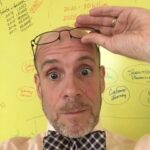
Michael Spink
Researcher, futurist, strategizer, communicator and explorer—applying foresight, human-centric-design and good ol’ curiosity to uncover current and potential consumer needs, while aligning organizations with their purpose, their people, their market and themselves.
